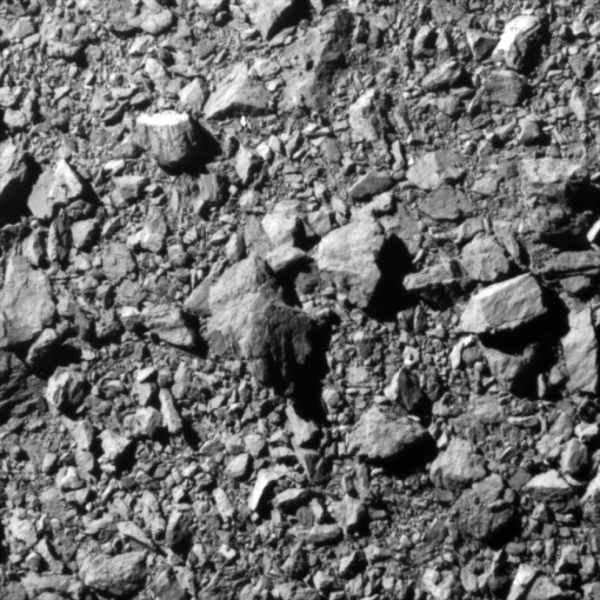
The collision, described as the world's first demonstration of planetary defense technology, was announced by flight controllers at the Johns Hopkins Applied Physics Laboratory (APL) in Laurel, Maryland, at 7:14 p.m. EDT on Monday.
Dimorphos has a diameter of 160 meters - it is described roughly the size of the Great Pyramid of Giza – and orbits a larger 780-meter asteroid called , neither of which pose a threat to Earth.
The spacecraft had a single instrument – the Didymos Reconnaissance and Asteroid Camera for Optical navigation (DRACO) – and used a navigation and control system that works in conjunction with Small Body Maneuvering Real-Time Autonomous Navigation (SMART Nav) algorithms. This, according to NASA, allowed DART to identify and distinguish between the two asteroids and target the smaller one.
NASA states:
“Fifteen days before the collision, DART's companion CubeSat Light Italian CubeSat for Asteroid Imaging (LICIACube), provided by the Italian Space Agency, deployed from the spacecraft to acquire images of the DART collision and the resulting asteroid ejecta cloud. Combined with the images provided by DRACO, the LICIACube images should provide insight into the effects of the impact to help researchers better characterize the effectiveness of the kinetic impact on the asteroid's deflection. Because LICIACube does not have a large antenna, the images will be beamed back to Earth one after the other over the coming weeks.”
Redirection of asteroids
The NASA investigation team will now observe Dimorphos with ground-based telescopes to confirm that the DART impact did change the asteroid's orbit around Didymos. The question is whether this is a viable technique to protect the planet from an Earth-bound asteroid or comet in the future.
"At its core, DART represents an unprecedented success for the protection of the planet, but it is also a mission of unity with real benefits for all of humanity," NASA Administrator Bill Nelson. "As NASA explores space and our home planet, we are also working to protect this home, and this international collaboration has turned science fiction into science fact, demonstrating one way to protect Earth."
According to NASA, the impact is expected to shorten Dimorphos' orbit by about 1%, or about 10 minutes -- measuring exactly how much the asteroid has deviated is one of the main goals of the full-scale test.
You can see the final images before the DART collision.
Image: NASA/Johns Hopkins APL - The last complete image of the asteroid moon Dimorphos, taken by the DRACO camera on NASA's DART mission about 7 miles (12 kilometers) from the asteroid and 2 seconds before impact. The image shows a section of the asteroid 100 feet (31 meters) in diameter.
Source: electronicsweekly.com










